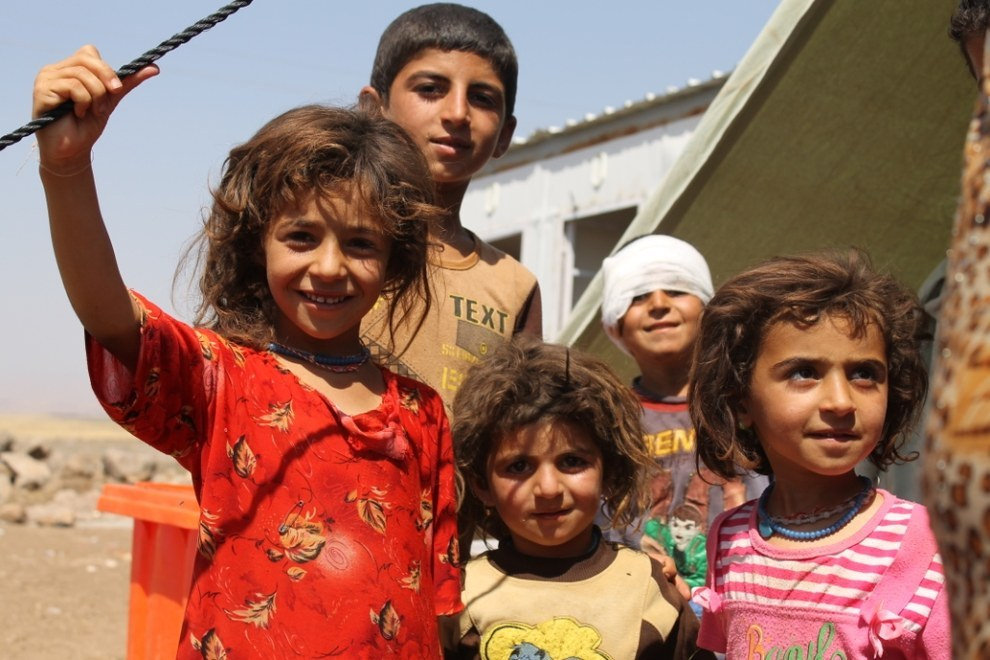Chapter 4: Economic Well-Being, Supports and Barriers
Veronica Deenanath (Family Social Science, University of Minnesota), Nancy Lo (Family Social Science, University of Minnesota), Dung Mao (Family Social Science, University of Minnesota), Jaime Ballard (Family Social Science, University of Minnesota), and Catherine Solheim (Family Social Science, University of Minnesota)
Introduction
The United States is a nation of immigrants who often bring dreams of opportunities and economic prosperity and a goal to build a better life than the one left behind. Immigrant and refugee families are typically starting over economically; they arrive with few or no financial resources and are unfamiliar with the financial system in the host counties. As discussed in Chapter 1, some families immigrate because they were unable to financially support their families in their home country (Solheim, Rojas-Garcia, Olson, & Zuiker, 2012; Portes & Rumbaut, 2006). Others were able to support their families, but had to leave everything behind to travel to safety after conflict or natural disasters. While there are some high-income immigrants who are recruited internationally by companies, this is a minority of immigration cases (U.S. Visas, 2013). The majority of immigrants come with hopes of economic change for their families.

Iraqi refugee children preparing for relocation.
DFID – UK Department for International Development – Iraqi refugee children at Newroz camp – CC BY 2.0.
Although immigrants may arrive full of hope, their path to economic well-being can be long and challenging, making their dream seem far from reality. Economic systems differ between countries and cultures, and immigrants must learn new systems of payment and saving. They must also learn how to manage their finances in a virtual world of credit, debit, and online transactions – a far cry from mostly local cash-based markets in their home countries. Additionally, job skills and education do not always transfer across countries. Immigrants who were well-qualified for jobs in another country often find themselves under-qualified after resettlement. For example, an immigrant might have been a well-qualified teacher in their home country, but cannot teach in the United States without a teacher’s license, which takes time and money to obtain. Finally, many immigrants face discrimination as they apply for jobs and as they access services such as health care.
This chapter addresses immigrants’ and refugees’ road to achieving economic well-being. Only limited research has identified the challenges and supports available to immigrants on their economic journey; the majority of information is drawn from analysis of government reports of employment, income, housing, and healthcare usage. In this chapter, we use this research to highlight the key areas of economic well-being in immigrants and refugees, including employment, access to health care and housing, financial management skills, and access to financial products and services.
Economic Well-Being
Economic well-being is an individual’s ability to buy the necessities of life for themselves and their families, and have resources to pursue goals that improve their quality of life. (OECD, 2013).

